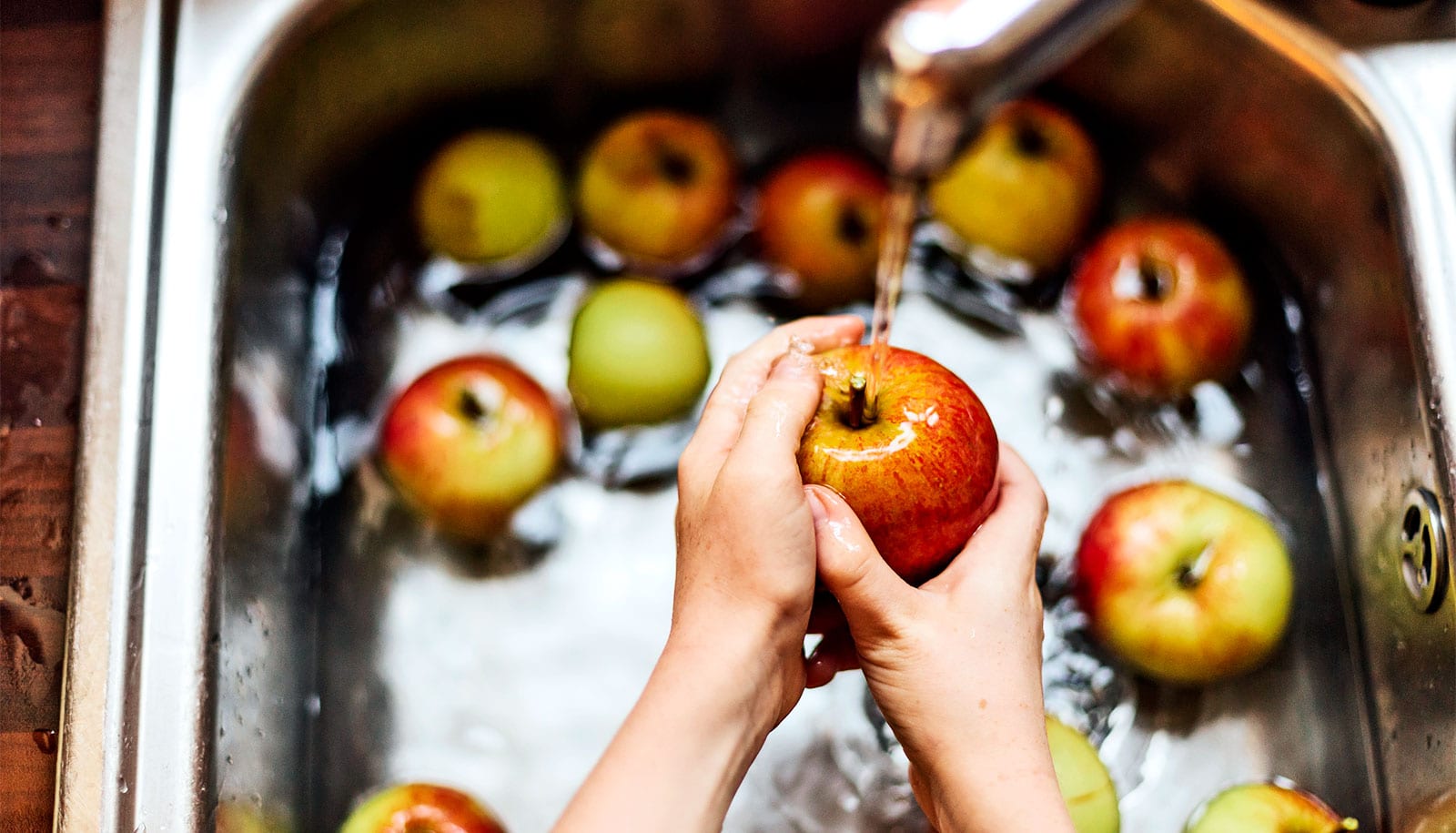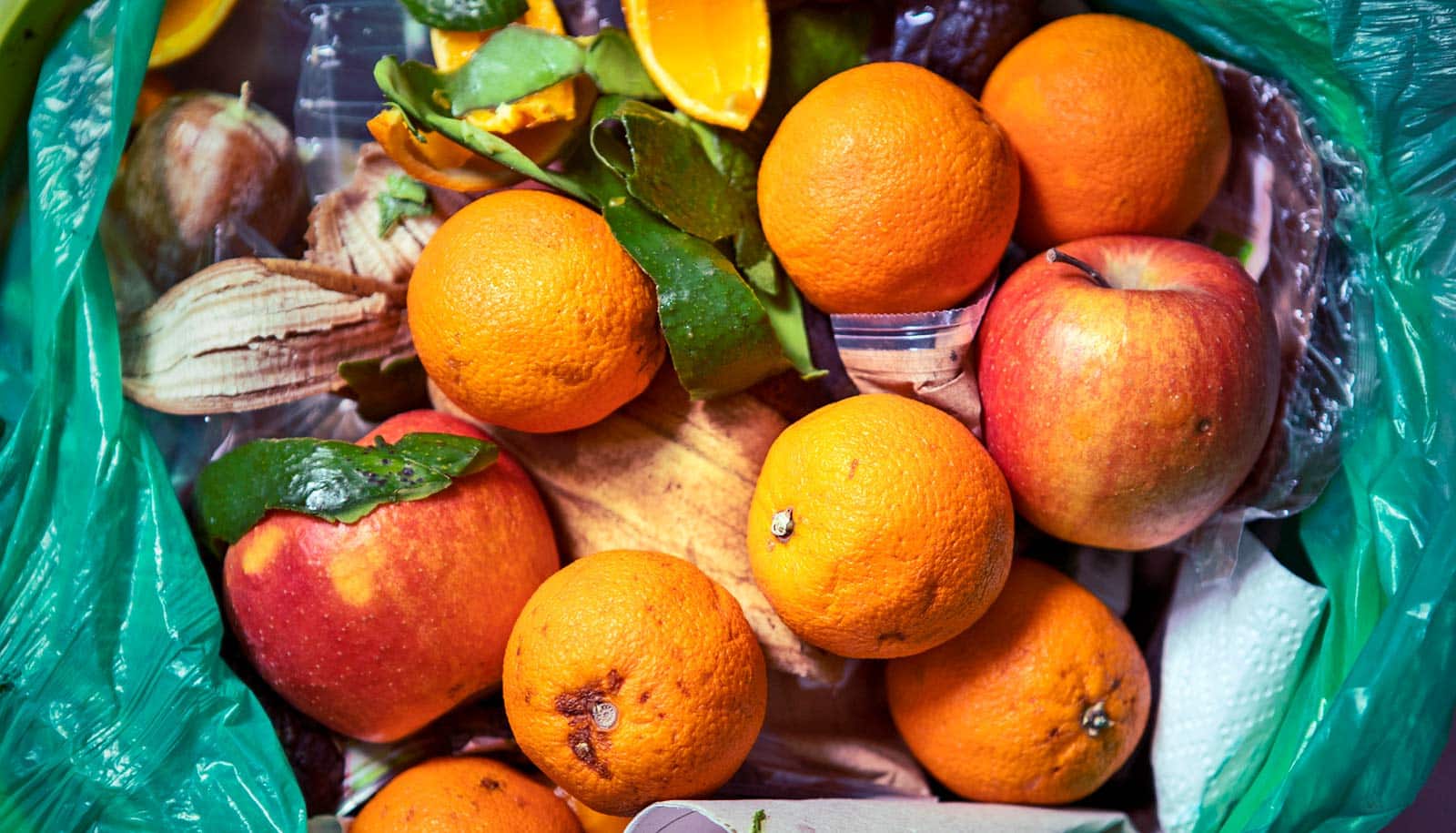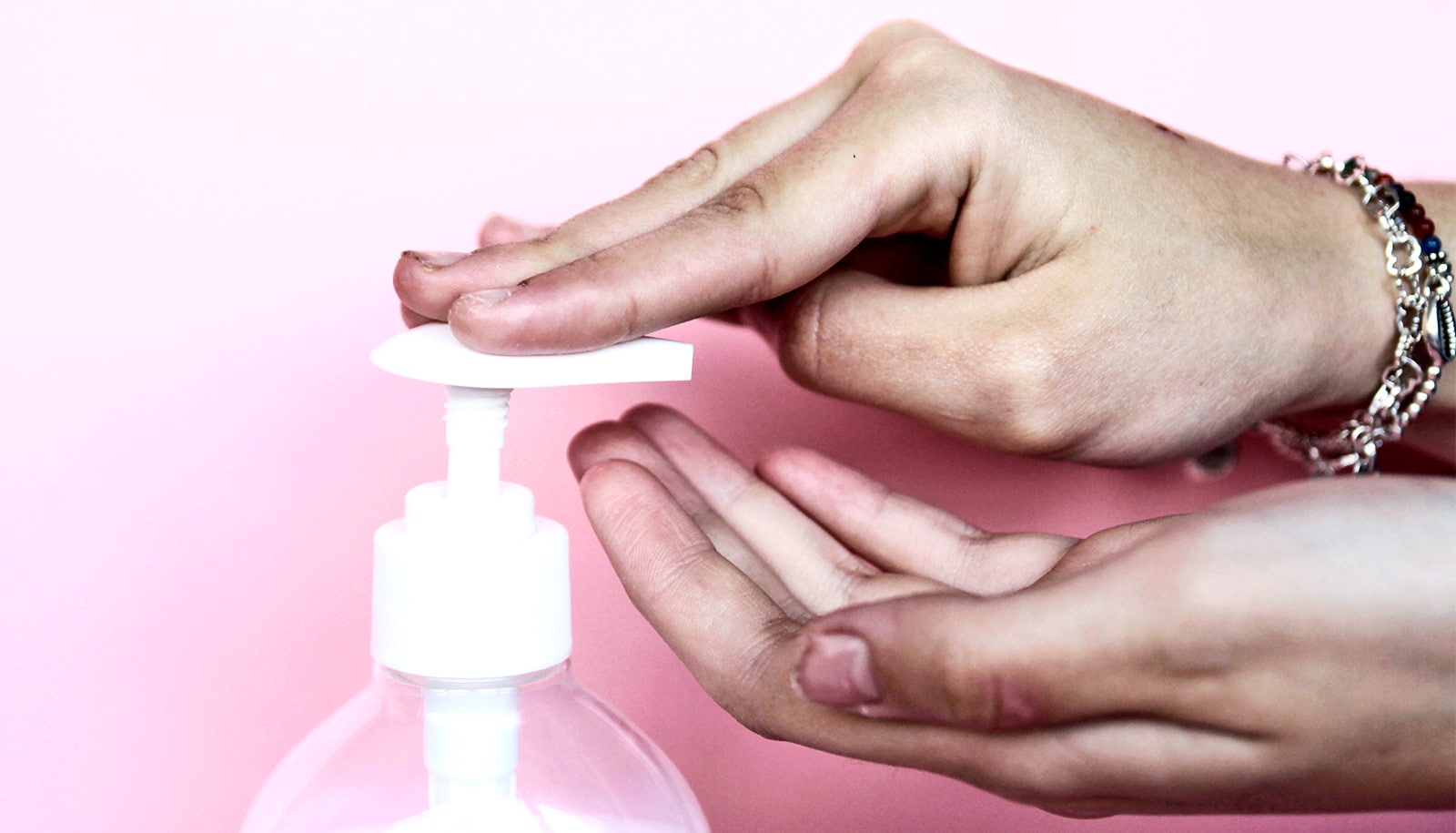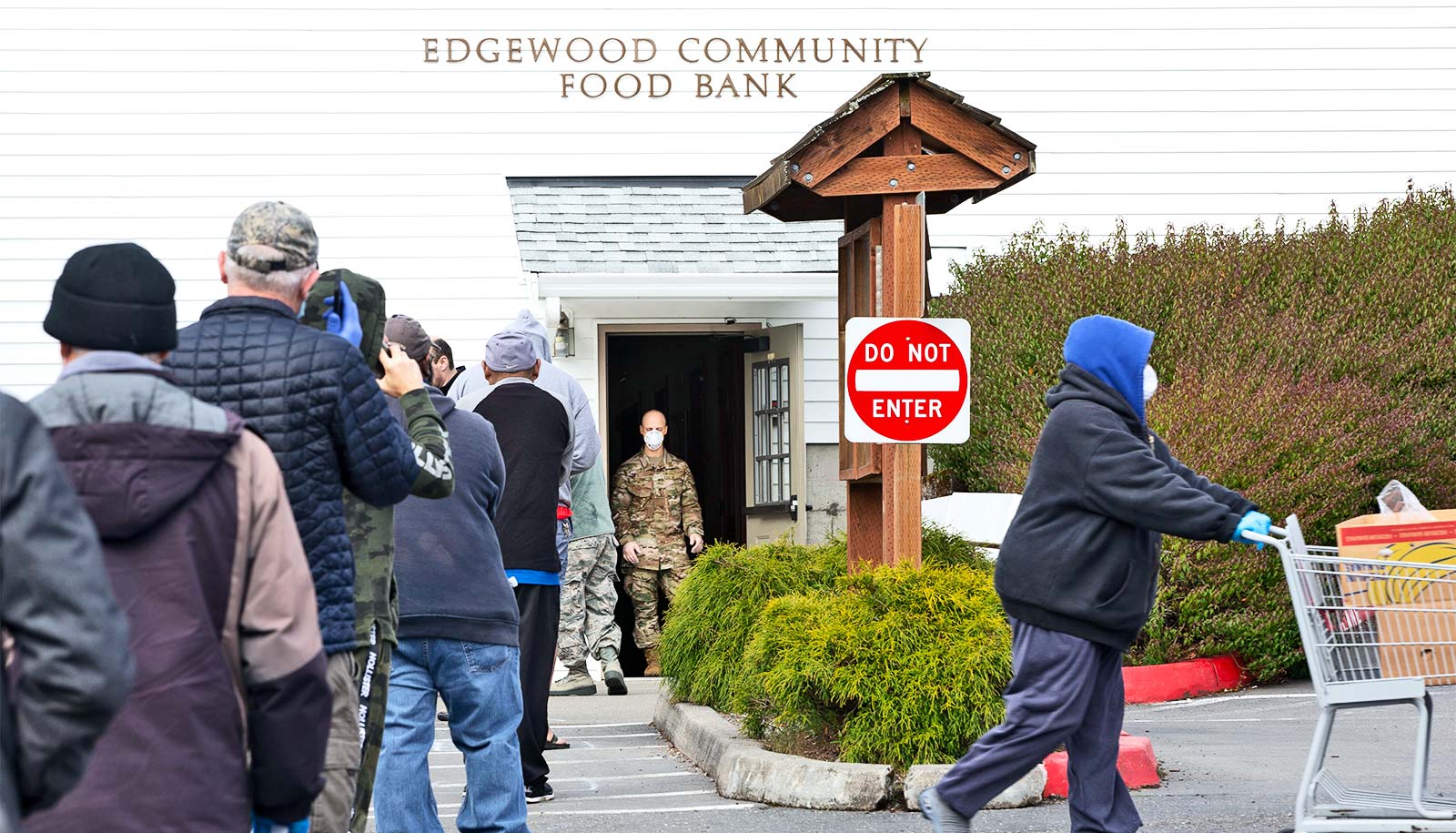There are things you can do to make sure the food you’re eating during the COVID-19 pandemic is safe and to limit waste, experts say.
With most of the US under stay-at-home orders during the COVID-19 pandemic, people are stocking up on household essentials and groceries. Because of this, it’s vitally important to store and prepare food properly to ensure our safety.
“Proper food storage and preparation are important to reduce food waste and minimize the risk of illness,” says Nasser Yazdani, an assistant teaching professor in the public health department at the University of Missouri School of Health Professions.
Here, Yazdani offers six tips for staying healthy and minimizing food waste during COVID-19:
1. Sanitize all surfaces and utensils regularly
While the COVID-19 virus cannot grow on food, experts believe the virus can remain on hard surfaces such as plastic, steel, and other metals for up to three days (72 hours).
The CDC recommends cleaning surfaces with soap and water before disinfecting. The COVID-19 virus is an enveloped virus, meaning it is susceptible to environmental disinfectants.
Sanitize utensils in a diluted bleach solution or submerge them in water at temperatures of 160-170 degrees for 30 seconds. Many dishwashers have a “sanitize” setting that heats water to this temperature. If choosing to sanitize with bleach, mix one tablespoon of bleach with one gallon of water. After sanitizing, let the utensils air dry.
Important: When making homemade sanitizers, don’t mix bleach with ammonia as it can emit fumes that can be deadly.
2. Leave foods that don’t need refrigeration for 48-72 hours
Currently, there is no evidence of the novel coronavirus being transmitted through food packaging; however, letting items sit in the garage or car for three days will minimize the risk of transmission through hard surfaces.
Avoid buying cans that are sharply dented, especially around the seam. If cans are dropped and a sharp dent appears, make sure to consume them within the next 24 hours.
3. Wash unpeeled fresh fruits and vegetables with water
Rinse food thoroughly several times and be sure to keep washed and ready-to-eat items in a separate location from unwashed items, such as raw animal products.
When preparing food, use separate utensils to avoid cross contamination. Wash hands before and after eating peeled fruit, like a banana or orange. There is no reason to avoid eating fresh fruits and vegetables.
4. Consume ready-to-eat meals within seven days
Whether being prepared for the first time or reheated, food should be cooked to an internal temperature of 165 degrees for at least 15 seconds to kill any bacteria. If leftovers are not eaten all at once, reheat only the portion needed.
Be sure to keep leftovers and other ready-to-eat items, such as cooked chicken or beef, refrigerated at 41 degrees Fahrenheit or cooler, and throw away any remaining reheated food.
5. Wash your hands
Scrub hands for at least 20 seconds, preferably with water 70 degrees or warmer before, during, and after preparing food.
This is important year-round, but especially critical when preparing foods for vulnerable populations, such as the elderly or people with pre-existing conditions.
6. Understand expiration dates
In the case of stocking up on non-perishable foods, it is useful to understand expiration dates. The only expiration date that is federally mandated is one for baby formulas; however, the date represents how long maximum nutrition is guaranteed.
The US Department of Agriculture’s food product dating is voluntary and is unrelated to safety. Instead, “best by” dates represent a manufacturer’s best guess for how long the product will remain at its peak quality.
Source: University of Missouri



